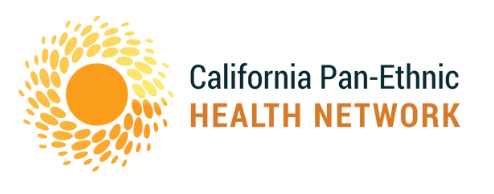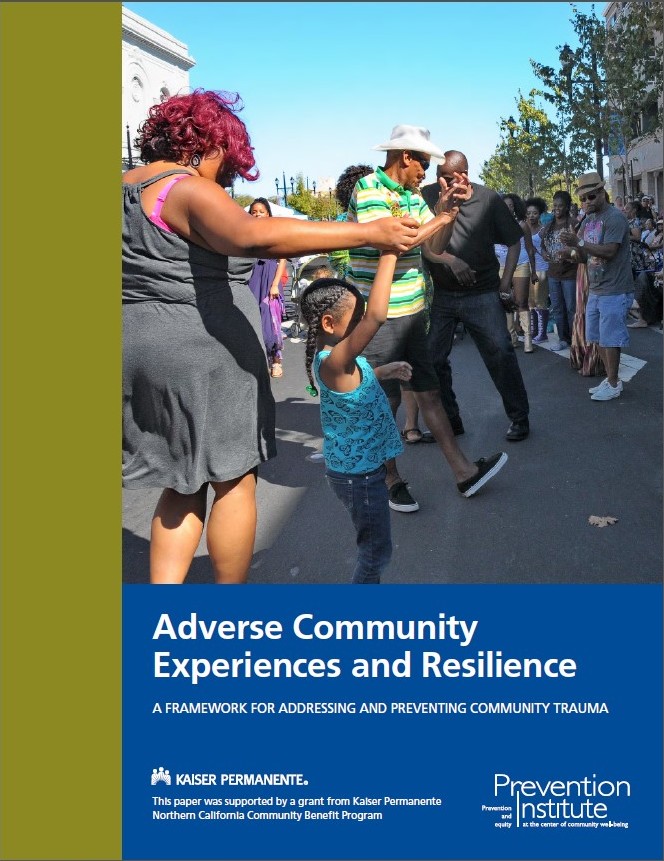Prevention Institute’s (PI) new report about community trauma provides insight into timely issues like high rates of gun violence in inner cities; protests in Ferguson, Baltimore, and elsewhere; and systemic poverty, unemployment and poor health in communities of color. It also offers solutions.
There is a growing need for treating trauma as a public health epidemic, and exploring population-level strategies and prevention. Until now, there has been no framework for understanding and preventing the systematic effects of community trauma — or how community trauma undermines both individual and collective resilience, especially in communities with high rates of violence.
The report, featured last week in USA Today, is based on interviews with practitioners in communities with high rates of violence. Adverse Community Experiences and Resilience, describes symptoms of trauma at the community level, as well as strategies to build resilience, heal community trauma, and prevent future trauma.
Healing strategies include: restorative justice programs that shift the norms around conflict resolution; safer public spaces via creation of parks; social relationship building, particularly across generations; improving housing quality and transportation; and healing circles that provide space for expression.
The effects of trauma extend beyond the individuals and are experienced across the community – causing a breakdown of social networks, social relationships and positive social norms – all of which could otherwise be protective against violence.
The report was funded by Kaiser Permanente Northern California Community Benefit. Kaiser’s work with community organizations and its own trauma centers points to similar conclusions, and was the impetus for funding the Adverse Childhood Experiences (ACE) study. Kaiser has long recognized that violence is a public health issue and that it has a devastating effect not just on individuals but on entire communities.
The paper showcases findings from research and interviews with dozens of practitioners in seven Northern California communities with high rates of violence, as well as ongoing communication with members of the UNITY City Network, a national Prevention Institute initiative that builds local support for effective, sustainable efforts to prevent violence, foster community resilience, and improve health, safety, and health equity.
As our UNITY City Network has proven, through concerted, inter-sectoral collaboration, communities across the country are reducing violence and allowing people and families to thrive in safe environments with opportunities for success. The adoption and dissemination of this new framework by public health advocates, community organizers, and violence prevention practitioners would be another important step for our nation’s communities and neighborhoods most impacted by interpersonal and structural violence, and towards the improvement of community health and wellbeing.

